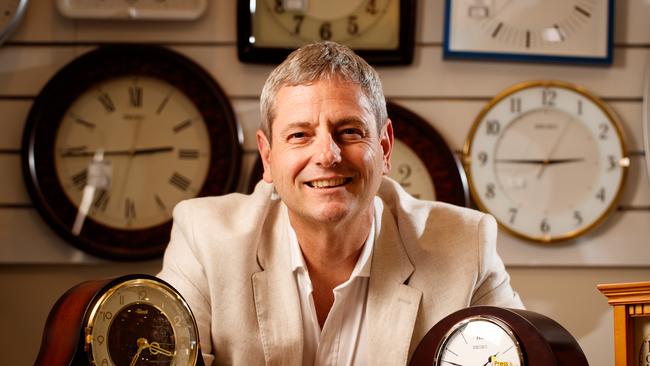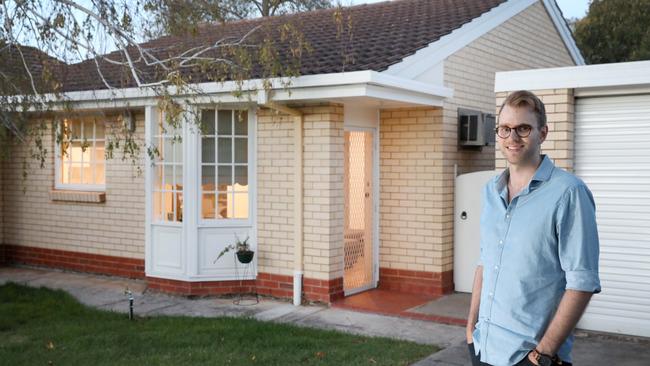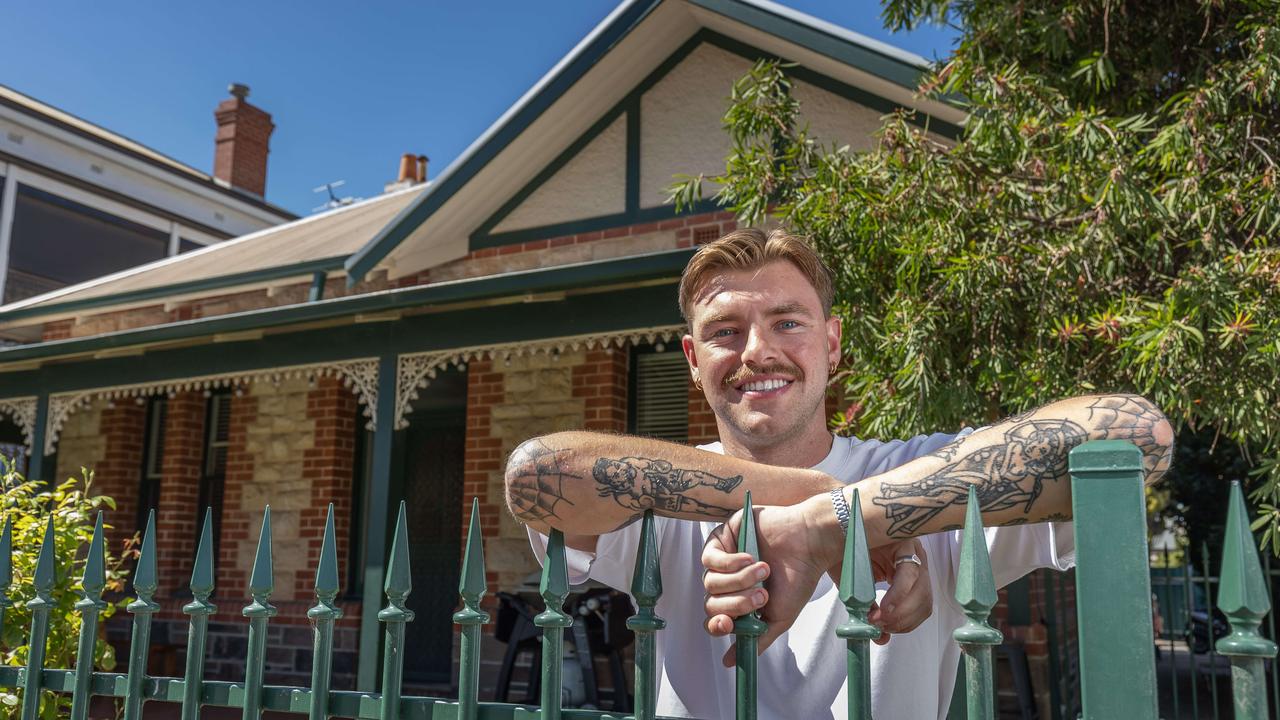First home savers take up to 18 years to stash a deposit
ASPIRING first-home buyers trying to save a house deposit can be disillusioned but there are some simple ways to make the property home ownership dream come true.

Saver HQ
Don't miss out on the headlines from Saver HQ. Followed categories will be added to My News.
SAVING a house deposit has never been tougher for solo buyers looking to enter the property market.
Depending on location, savers will need at least tens of thousands of dollars to stump up a 20 per cent deposit.
Latest CoreLogic data shows the national median house value is $552,000; taking into account
an average price of $656,000 for city buyers and $361,000 in regional areas.
KOCH: Does your grandma's financial advice stack up?
New ING statistics found only 3 per cent of first homebuyer customers in 2017 were single applicants while the rest joined forces with someone else.
And ING customers had an average of an $83,000 deposit.
So we’ve asked the experts how it can still be possible to buy a home on your own.
HAVE A PLAN
Online lender Tic: Toc — who provides real-time loans backed by Bendigo and Adelaide Bank — chief executive officer Anthony Baum said aspiring buyers need an initial plan of attack.

“What’s your strategy for entering the market and then from here you should set yourself a goal of achieving it,’’ he said.
Work our your purchasing price range by using online calculators and then pen out an achievable savings plan, but be mindful it will take time to reach this goal.
SIZE OF DEPOSIT
Industry experts suggest borrowers aim for a 10 per cent deposit but be warned, anything less than a 20 per cent deposit means you’ll be stung with the expensive lenders’ mortgage insurance cost.

This can run into thousands of dollars and protects the lender if the borrower cannot repay the loan.
Tic: Toc data found it can take years for a single person to save a 20 per cent deposit while on the average salary and paying the average rent.
CREDIT CARDS: New low-rate interest rate deals on cards
NSW borrowers need $140,000, which would take 18 years to save, ACT $125,000 and 8.2 years, Victoria $110,000 and 6.6 years, NT $119,000 and 4.5 years, Queensland $96,000 and 4.5 years, SA $86,000 and 4.5 years, WA $83,900 and 4.3 years and Tasmania $82,000 and 3.4 years.
HOW TO DO IT
Ben Doecke, 26, tucked away more than $100,000 before purchasing a $350,000 two-bedroom Adelaide home on his own.

He said it involved some spending cutbacks, a budget, a separate account to keep his cash and a five-year timeline.
“I cut back on alcohol, I bought a second-hand car and I lived back with my parents for a while,’’ Mr Doecke said.
“I was paying low rent with my parents so it helped a lot.”
ING’s head of customer experience and service Tim Newman said “an automated savings plan” is key to building up a pot of savings.
“Ten per cent is a good deposit to have as a minimum considering there’s other costs like stamp duty and the cost of moving into a home,’’ he said.
INCENTIVES
The First Home Super Saver was rolled out last year to reduce the pressure of housing affordability.
This allows savers to make voluntary concessional (before-tax) contributions into their super fund to speed up their savings plan.
There are limitations though — only savings up to $30,000 can be made per person and compulsory super contributions cannot be withdrawn.
Savers should also check their state or territory revenue office to find out if they are eligible for first homeowner grants or stamp duty exemptions.
sophie.elsworth@news.com.au


